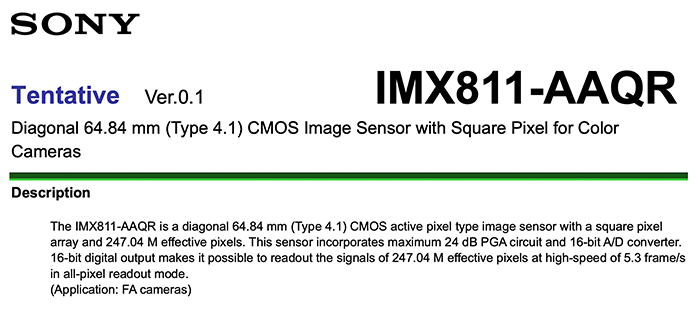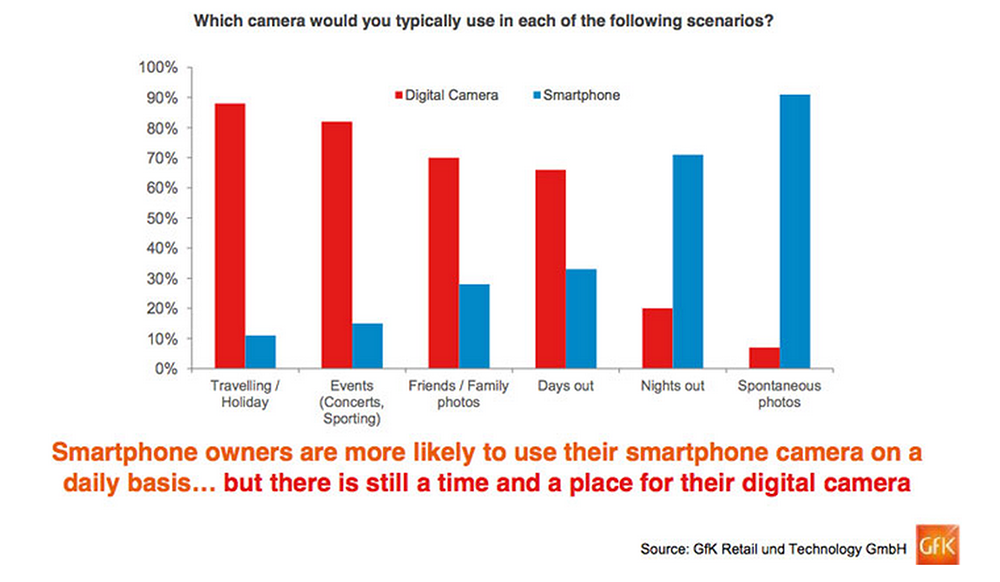Sony TidBits…
Another week with SLR Magic Anamorphot (Sony A7/OM-D/SpeedBooster) from Seb Farges on Vimeo.
α6000 + Distagon T* 25mm F2.8 at DC.watch.
Art vs Otus – A Real World Test (CameraPro).
Sony Semiconductor Business Update (Image Sensor World).
A7r and Metabones deal in Australia at CameraPro.
Sony A7R – test aparatu at Optyczne (Google translation here).
A77II test at Kasayapa.
Sony 70-200mm FE lens review at Danisolphotography.
Photos of Geneva shot with Sony a7R and Zeiss 50mm 1.4 ZA at Eternallycreative.
Ralf: “Have you ever seen somebody with a rather outspoken tattoo and you wondered ‘why’? You’re not alone. Photographer Ralf Mitsch shares this fascination. In fact, it encouraged him to do a book on the subject. His quest doesn’t stop with portraying the permanent ink on the skins of their respective owners – Ralf goes under their skin to find out about the stories behind the Maori tribal design peeping out from under the collar or the snakes that curl themselves around people’s legs and arms. Is it a religion, an addiction, a documentation of ones life or is it an impulsive decision, that will haunt the tattooed for the rest of his / her life? Why I Love Tattoos contains over 50 portraits of inspiring people, telling the stories behind their tattoos: http://www.whyilovetattoos.com/”







